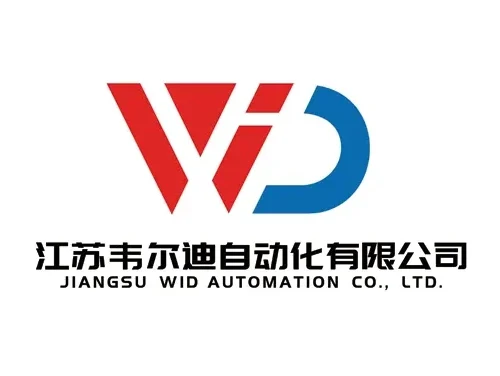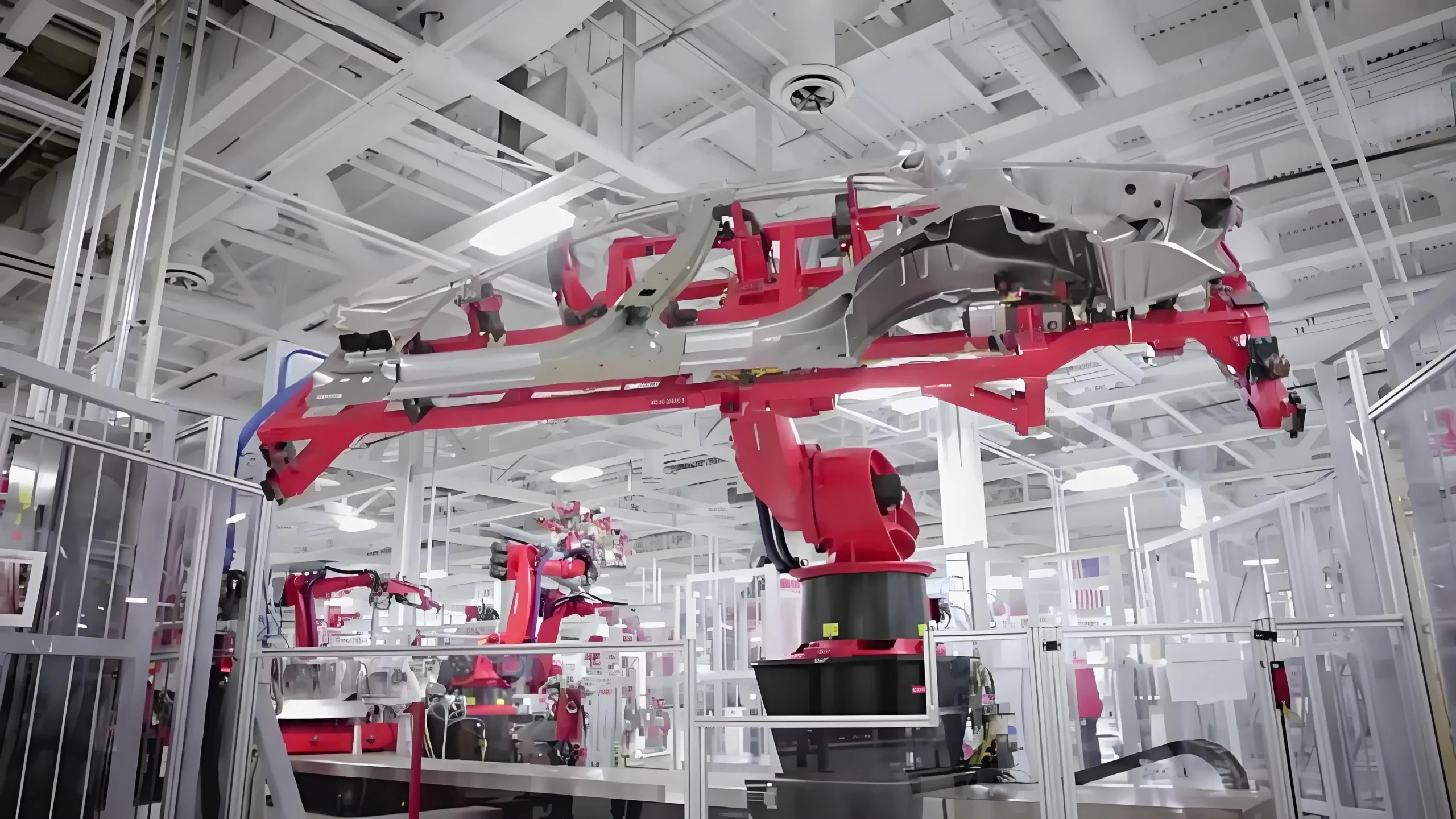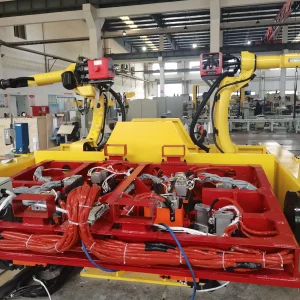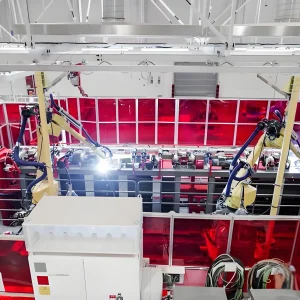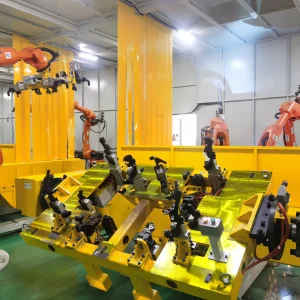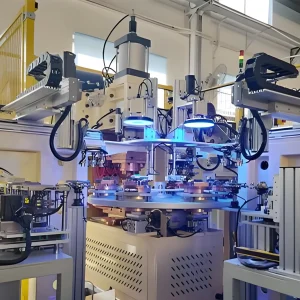Description
Overview and Functionality
An automotive roof welding fixture is a specialized tool used in vehicle manufacturing to securely position and align a car’s roof panel during the welding process. Designed for precision, these fixtures ensure that the roof component is held in the correct orientation relative to other body parts, such as pillars, side panels, and crossmembers. By maintaining strict dimensional accuracy, they enable seamless integration of the roof structure, which is critical for achieving vehicle safety, aerodynamics, and aesthetic quality. Modern fixtures often incorporate modular designs to accommodate multiple vehicle models, enhancing flexibility in production lines.
Key Components and Design Features
A typical automotive roof welding fixture consists of clamping mechanisms, locator pins, adjustable supports, and a rigid frame structure. High-strength materials like steel or aluminum alloys are used to withstand the stresses of repeated welding cycles. Advanced fixtures integrate sensor technology and hydraulic or pneumatic systems to automate clamping and alignment, reducing human error. Customizable locators and adjustable brackets allow manufacturers to adapt the fixture for different roof geometries, ensuring compatibility with diverse vehicle designs. The fixture’s design prioritizes ergonomics to facilitate easy access for welding robots or technicians.
Role in Automated Production
In automated automotive assembly lines, roof welding fixtures are integral to robotic welding systems. Programmable fixtures work in tandem with robots to execute precise weld paths, ensuring consistent joint quality across high-volume production. Laser-guided alignment systems and real-time monitoring tools are often embedded to verify positioning accuracy, typically within tolerances of 0.1–0.5 mm. This automation minimizes cycle times, reduces rework, and enhances overall process repeatability. The integration of IoT-enabled fixtures further enables data collection for predictive maintenance and process optimization.
Quality and Safety Benefits
By immobilizing the roof panel during welding, these fixtures prevent warping or misalignment caused by thermal distortion. This ensures uniform weld penetration and structural integrity, which are vital for crashworthiness and durability. Consistent fixture performance also reduces defects like gaps or uneven seams, improving the vehicle’s weather resistance and noise insulation. Additionally, secure clamping enhances workplace safety by stabilizing heavy components, minimizing risks to operators during manual interventions.
Applications and Industry Trends
Roof welding fixtures are widely used in the production of sedans, SUVs, electric vehicles (EVs), and commercial trucks. As automakers shift toward lightweight materials like aluminum and composite alloys, fixtures are evolving to handle mixed-material bonding techniques, such as laser welding or adhesive applications. The rise of electric vehicles has also driven demand for fixtures compatible with panoramic glass roofs and integrated sensor housings. Future innovations may include AI-driven adaptive fixtures and hybrid systems supporting both welding and inspection processes, aligning with Industry 4.0 smart manufacturing goals.
